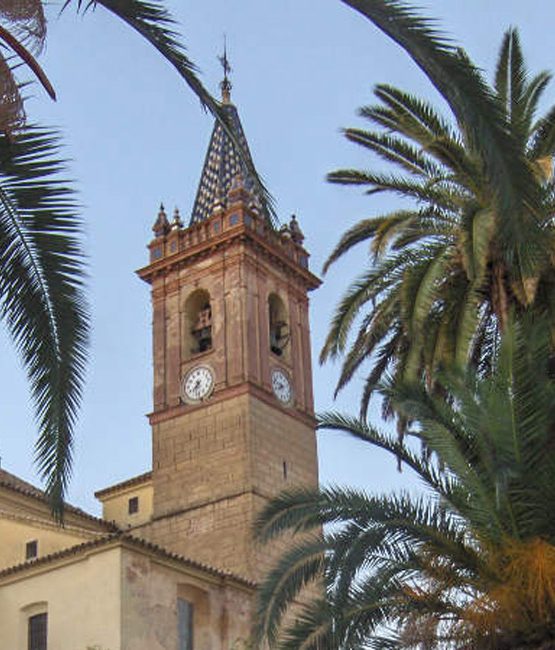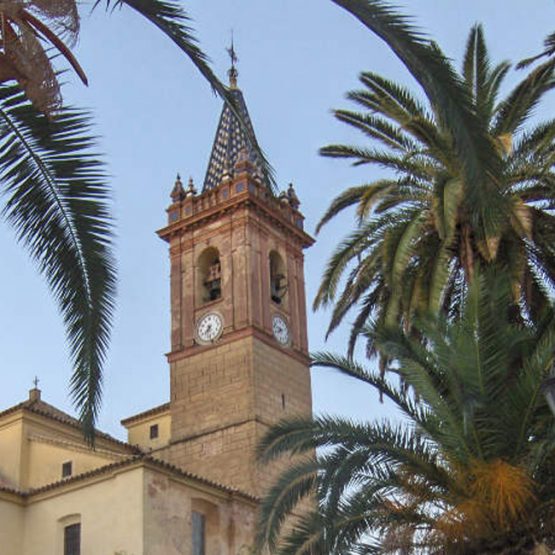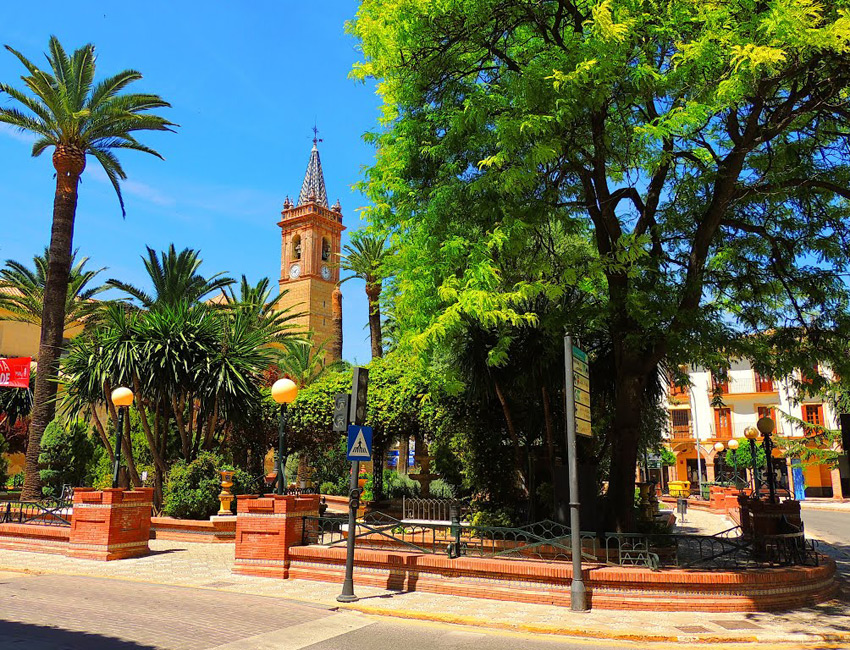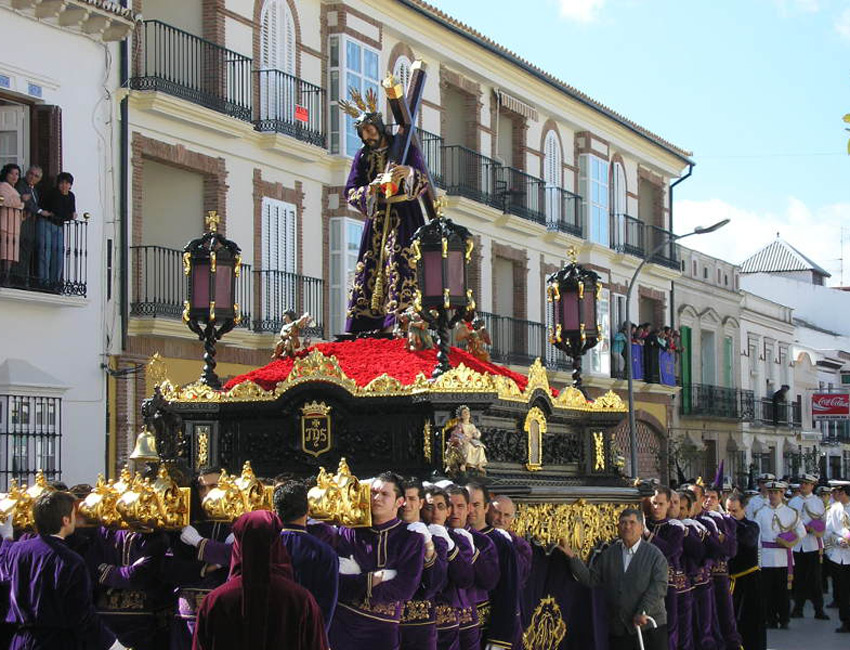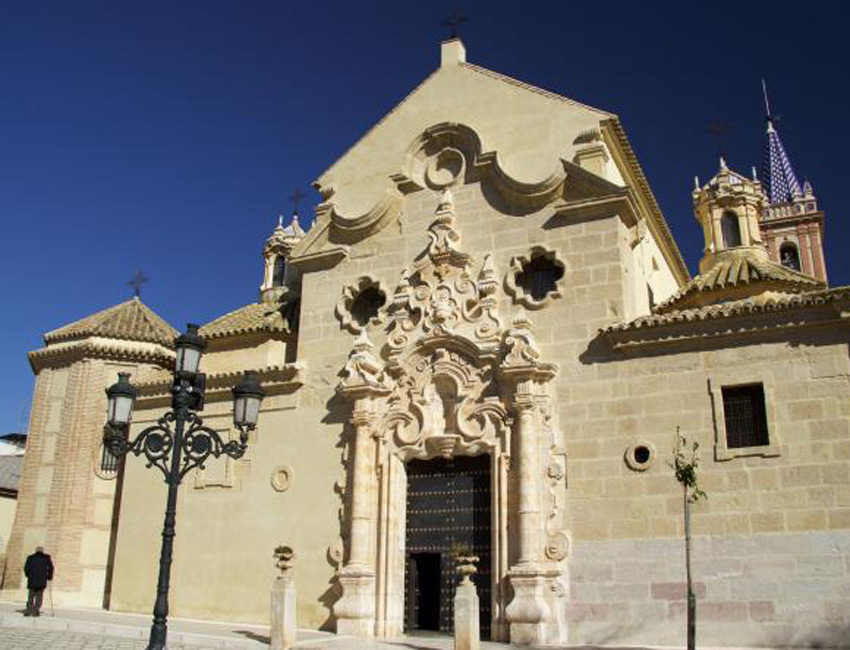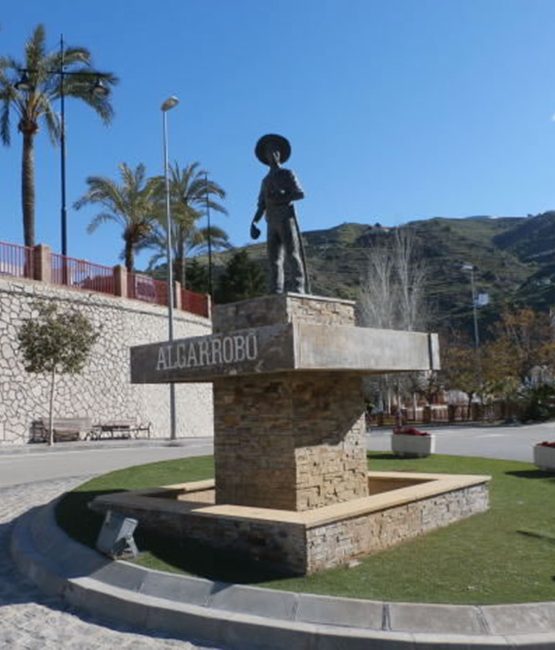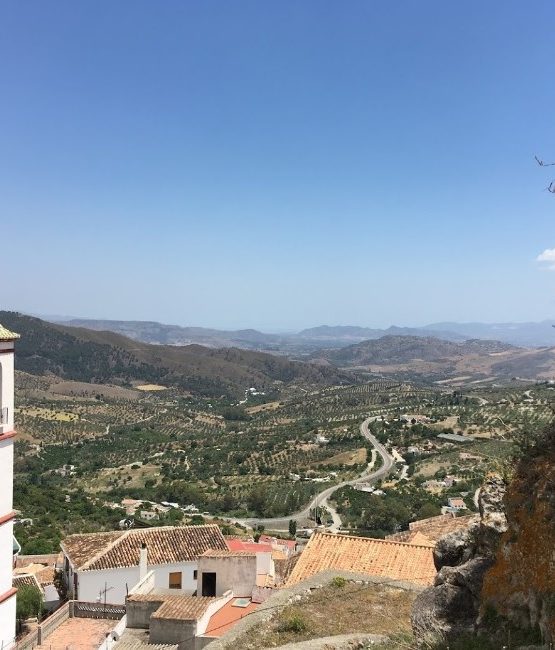Campillos in Malaga is a peaceful little town equidistant between the Costa del Sol, Granada and Seville. Campillos has been an important cattle farming, leather production and mining centre since Roman times. Archaeological digs in the vicinity have uncovered Roman architecture and coins, as well as brass busts of Octavius, Claudius, Constantine and Trajan.
Local information
Ayuntamiento de Campillos
Avenida Santa Maria del Reposo 4, 29320 Campillos (Malaga)
Telephone: 952-722-168
http://www.campillos.es/
 |
 |
 |
 |
 |
 |
Residents
8400 |
Health Clinic |
Bars, shops, restaurants |
Schools |
Municipal pool |
Beach
45 min |
 |
 |
 |
 |
 |
 |
| Golf nearby |
Malaga 80km Granada 125km Seville 150km |
Bus and train
services |
Malaga airport
80Km |
Granada airport
125Km |
Seville airport
150Km |
Gallery
Main information
Drivers, who will reach it 30km from Alameda on the N342 which continues on to Olvera, Arcos de la Frontera and Jerez de la Frontera, will also find it a worthwhile diversion to see the flocks of brilliant pink flamingos that, in season, nest in the nearby Fuente de la Piedra (‘fountain of stone’) waterlands. Like much of Andalucia, Campillos in Malaga post-Roman history followed the familiar pattern of Visigothic and Arabic invasion.
Read more
It fell to the Christian forces relatively early in the Reconquest, in 1324, when the town was almost totally destroyed. After the fall of Granada in 1492, it was rebuilt and resettled by farmers and coal workers from Osuna and Teba.
Monuments
The most important monument in Campillos in Malaga is its central Iglesia Parroquial Nuestra Senora del Reposo, the parish church of our lady of rest, which is just off the town’s plaza central. The impressive bell tower was built by Fray (father) Miguel de Santisimo Sacramento in the 16th century. Its chief architectural style is Doric, with two stone facades, one Doric, the other baroque. The main altar in the church features a pine tabernacle with eight columns ‘jonicas’, that is, of the Ionian or Ionic school of architecture, with the familiar fluted columns and elaborate capitals of classical Greek architecture.
Also worth seeing is the Ermita de San Benito, the town’s patron saint. The saint’s modest hermitage was built between 1578-1569 although the building seen today was extensively rebuilt in 1756 and 1814. The vestiges of the town’s Arab castle, el Castillo de Gobantes, loom over the centre. The Fuente de Piedra Lagoon is in fact only one of more than half a dozen of lagoons in the surrounding countryside. Even at 540m above sea level, these are salt water lakes, one, the Laguna Salada, is a gigantic salt pan where salt has been harvested for hundreds of years.
The local speciality is Porra Campillera, a dryish soup or stew with tuna, eggs and ham, similar to another, better known, regional speciality, salmoreja, which uses oranges, fried fish, cod and tuna. Peasant specialities using garbanzos are also popular.
Fiestas
- 10-11 July – The most important fiesta is the one celebrating patron saint San Benito Abad.
- August – The town’s summer feria happens every first fortnight of August.
Properties for sale in this town
Click here to view the property details.
Location













